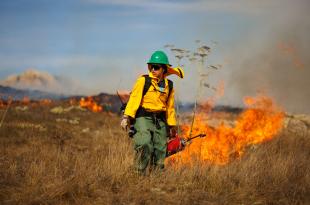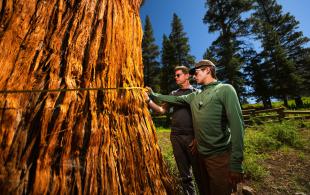New Study Shows Livestreams May Improve Rattlesnakes’ Reputation
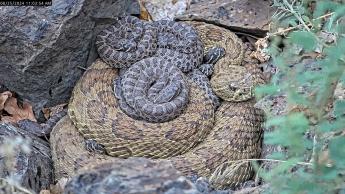
The installation of livestream cameras in multiple U.S. states capturing real-time rattlesnake behavior has resulted in mass viewership, public education and improved public perceptions of a frequently vilified viper, according to a study conducted by coordinators of Project Rattlecam, a collaboration between scientists from Cal Poly and Dickinson College in Pennsylvania.
Led by Cal Poly biological sciences professor Emily Taylor, Project RattleCam first captured rattlesnake behavior in 2021 with an off-grid livestream of a small Western Rattlesnake rookery in California.
Project coordinators followed up with a second camera installation at a mega-den in 2024 in Colorado, showcasing a Prairie Rattlesnake rookery. A third Project RattleCam livestream is planned for launch and public viewing of the Timber Rattlesnake in Pennsylvania in the spring of 2026.
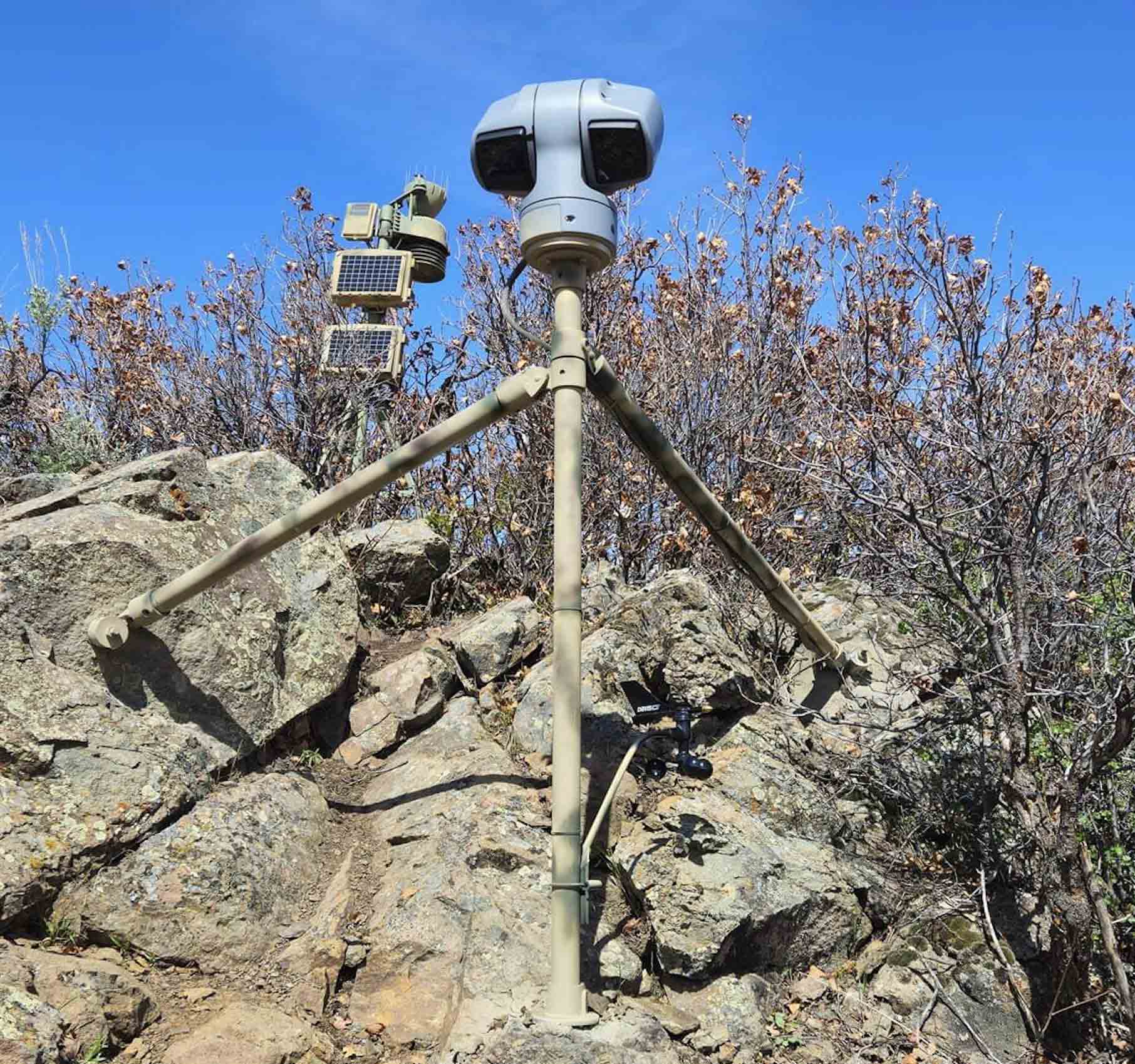
Thus far, the livestreams have increased awareness significantly, as Project Rattlecam has reached over 21,300 subscribers and more than 4.4 million views on its YouTube channel, along with 350,000 hours of watch time. Media coverage of the RattleCam installation in Colorado in 2024 generated 83 news articles and contributed to adding 13,761 new YouTube subscribers between July and November 2024.
An open-access article published in the peer-reviewed science journal “Frontiers in Amphibian and Reptile Science” in June 2025 — co-authored by Taylor, biology graduate students Owen Bachhuber and Max Roberts and five others — detailed the impact of livestreaming and technical aspects of camera installation and broadcasts.
“Livestream cameras have advanced rapidly in recent years, but little information is available with explicit direction on the equipment and materials that are used,” Taylor said. “We wanted to help facilitate the construction of additional science-focused live-cams in remote viewing areas that contribute to education about the natural world. We’re observing how this approach is making a difference in what people are learning and perceiving.”
The article, titled “Using Livestreaming Technology to Connect the Public with Secretive and Maligned Animals,” suggests that livestreaming cameras of rattlesnake communities are helping to foster constructive conversations and community science through live-chats, observations and information exchanged between researchers, including students, and the public.
“Numerous viewers reported a change from a state of fear to one of respect, love or similar (sentiments), in the live-chat,” the article’s coauthors wrote.
Public remarks have included the following:
“I have really learned something watching here as I am so fearful of even worms! But I never, ever knew how attentive these moms are to their babies … amazing.”
“I used to think it was OK to hurt these snakes. I feel so terrible (that) I ever even thought that. Thank God I never hurt any. You’ve helped my compassion come out and stay out.”
“I have not liked snakes my whole life (I am not young)! and I came upon this channel and now all I do is watch (I LOVE the video of one of them shedding)!”
While most livestreaming cameras to date have broadcast the activities of popular wildlife like bears and birds, fewer have focused on unpopular animals, such as snakes, the article noted.
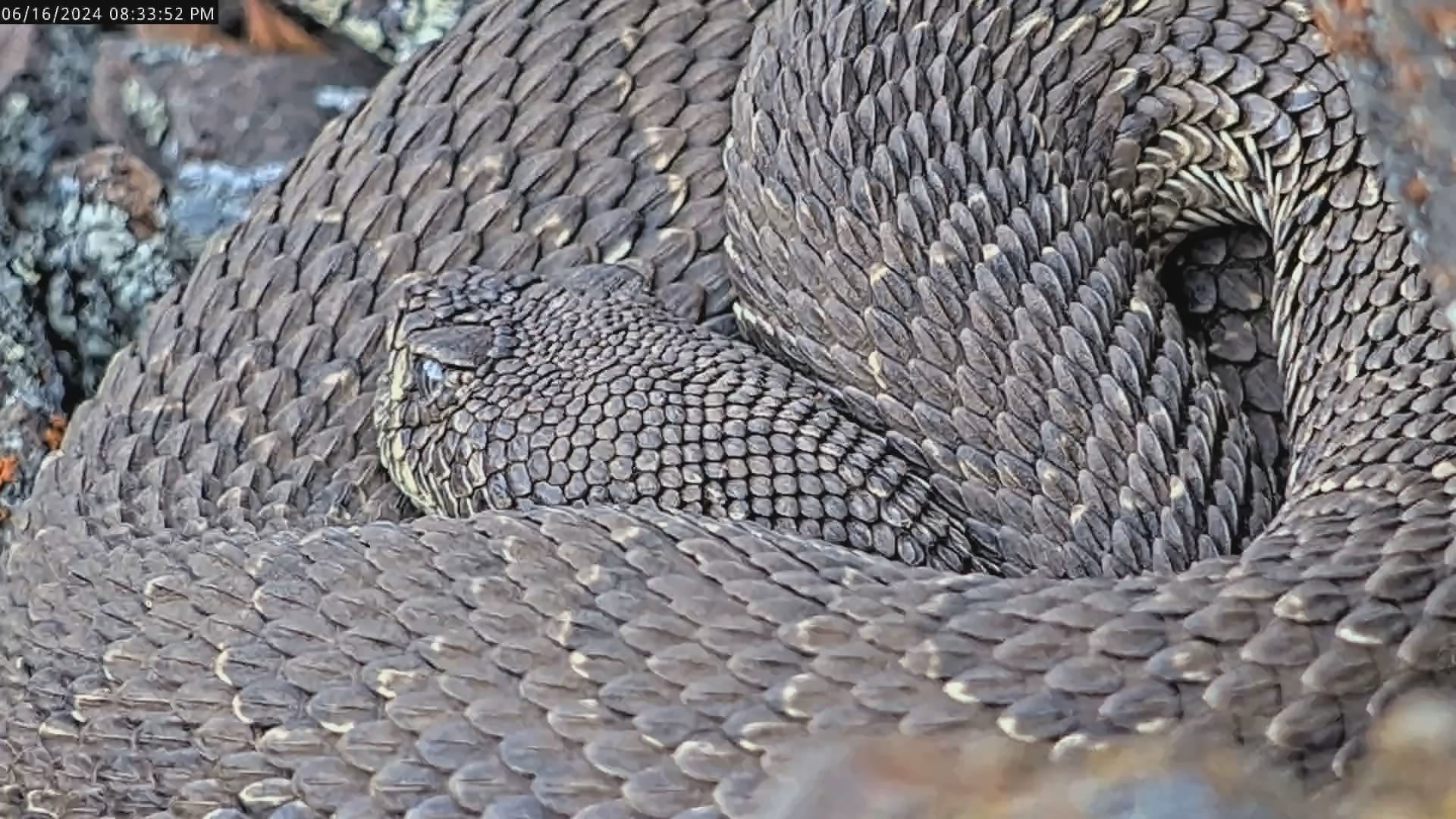
Project RattleCam offers live viewing from April through October and has served as an educational platform for elementary school students, including an outreach program for third through fifth graders.
“Often what you see in media portrayals of snakes relates to sensational depictions designed to evoke fear and animosity,” Taylor said. “Project RattleCam has encouraged empathy and environmentally responsible human behaviors for a species that is important to the ecosystem.”
Among her additional awareness efforts, Taylor has led public campaigns to stop rattlesnake roundups traditionally held in the rural Midwest and Southern United States that promote killing serpents. Taylor also advocates for the use of professional snake removal and relocation services on privately-owned properties.
Want more Learn by Doing stories in your life? Sign up for our monthly newsletter, the Cal Poly News Recap!

